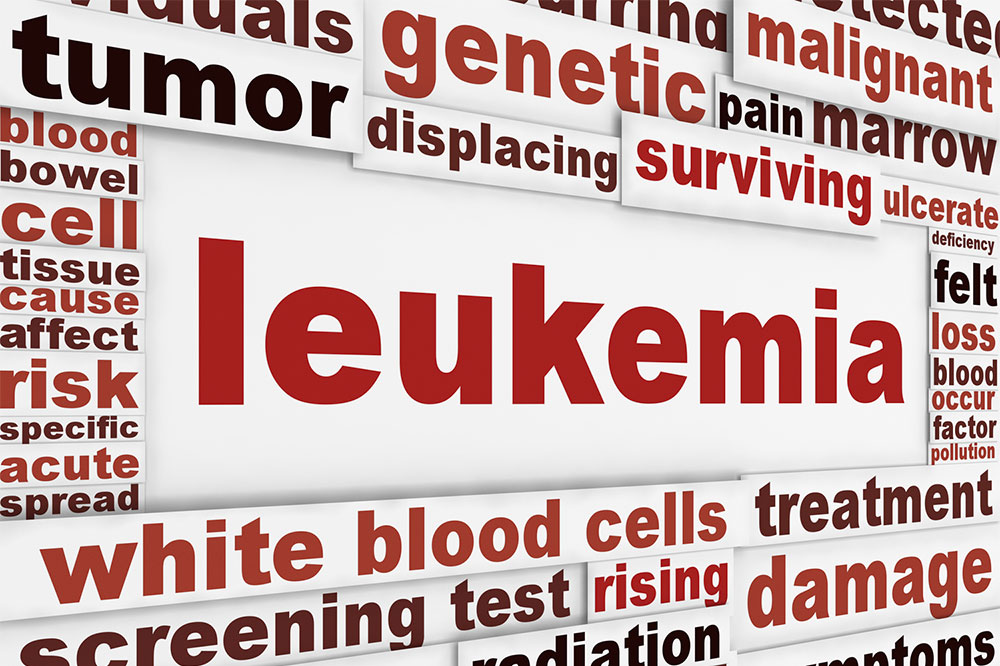Leukemia, important things to know about symptoms and treatment
Leukemia means cancer that affects blood cells. Leukemia begins inside the bone marrow, where blood cell production takes place. There are different types of blood cells but leukemia usually targets white blood cells. These white blood cells fight infections. When these cells begin to grow abnormally, it impairs their infection-fighting function.
Leukemia can be chronic or acute. Chronic leukemia develops at a slower pace than acute leukemia. Further classification of leukemia is based on the type of blood cells affected by the disease.

Types of Leukemia
Based on different classifications of the disease, there are several types of leukemia.
- Acute lymphocytic leukemia (ALL): This is the most commonly-occurring leukemia. It mostly occurs in children but can affect anyone.
- Acute myelogenous leukemia (AML): This type of leukemia can affect people of all groups but most commonly is seen in adults.
- Chronic lymphocytic leukemia (CLL): It can develop in adults without manifesting any signs of the disease for long periods of time.
- Chronic myelogenous leukemia (CML): The symptoms may not show for years but then escalate quickly.
- Others: Hairy cell leukemia is a rare type of leukemia. Others can be myelodysplastic syndromes and myeloproliferative disorders or an AML subtype known as acute promyelocytic leukemia.
Causes: There is no known cause of leukemia. It can occur due to environmental or genetic reasons. The former can include exposure to a chemical like benzene or radiation.
Symptoms: The symptoms of leukemia can vary depending on the type and classification of the disease. But common symptoms are
- Pain in bones, belly ache
- Fever, chills, night sweats
- Lumps in the groin area, swelling in the lymph nodes
- Extreme fatigue, unexplained weight loss, poor appetite
- Recurring infections, frequent occurrence of bleeding (from nose, gums or rectum) and easy bruising
Diagnosis: The diagnosis of leukemia can involve blood tests and a physical examination to check for lumps and swellings in the body. Depending on the blood test results, the doctor may order a biopsy of the bone marrow to confirm the diagnosis.
Treatment: Timely treatment and family support is crucial to help patients cope with this devastating type of cancer. Treatment for leukemia can depend on the type and stage of the cancer as well as the patient’s health.
- Chemotherapy: This is the major treatment option for all types of leukemia. The drugs can be administered in pill form or through injections.
- Targeted therapy: This involves use of drugs to stop the abnormal growth of blood cells by targeting specific problems inside the cells.
- Radiation: Special beams or X-rays target cancerous cells to prevent them from multiplying.
- Biological therapy: A process that aids immune system to kill cancerous cells.
- Stem cell transplant: This is a complex procedure to replace the diseased bone marrow. This process helps with the production of new and healthy blood cells.




